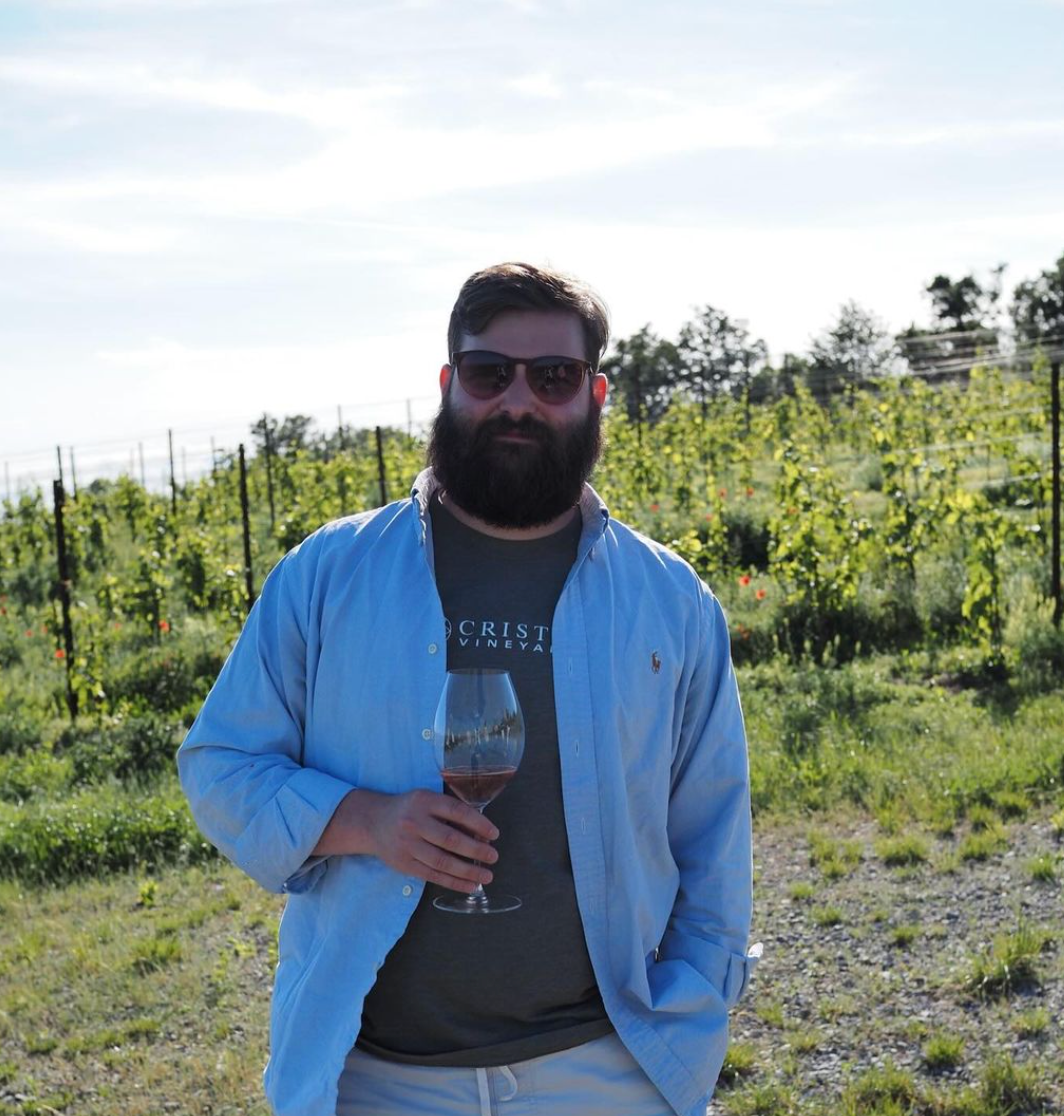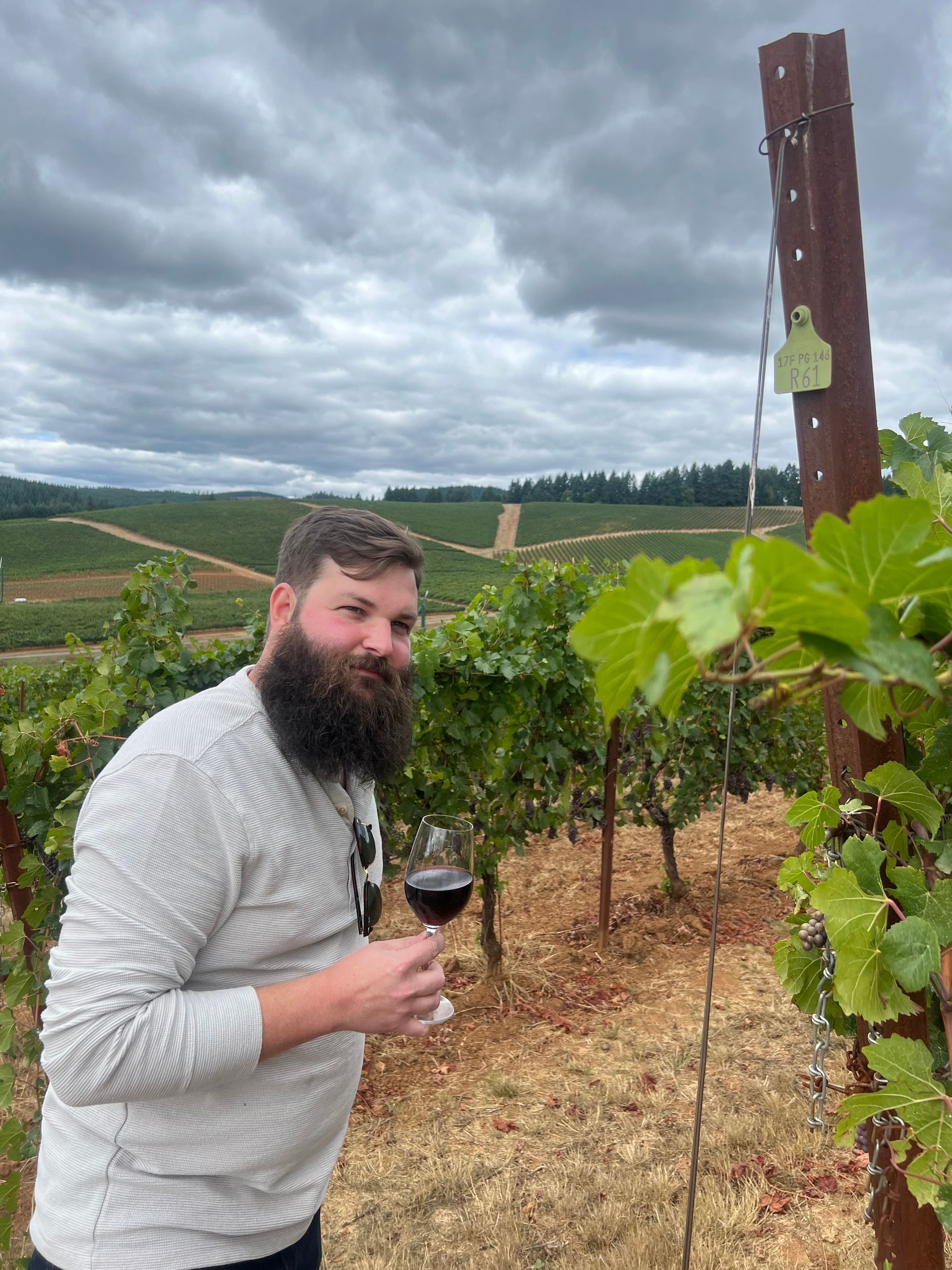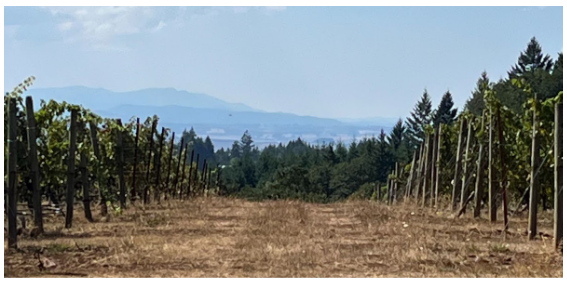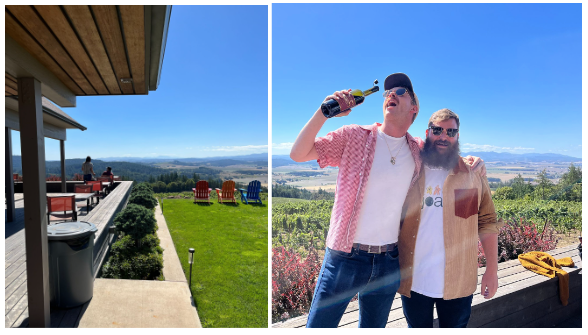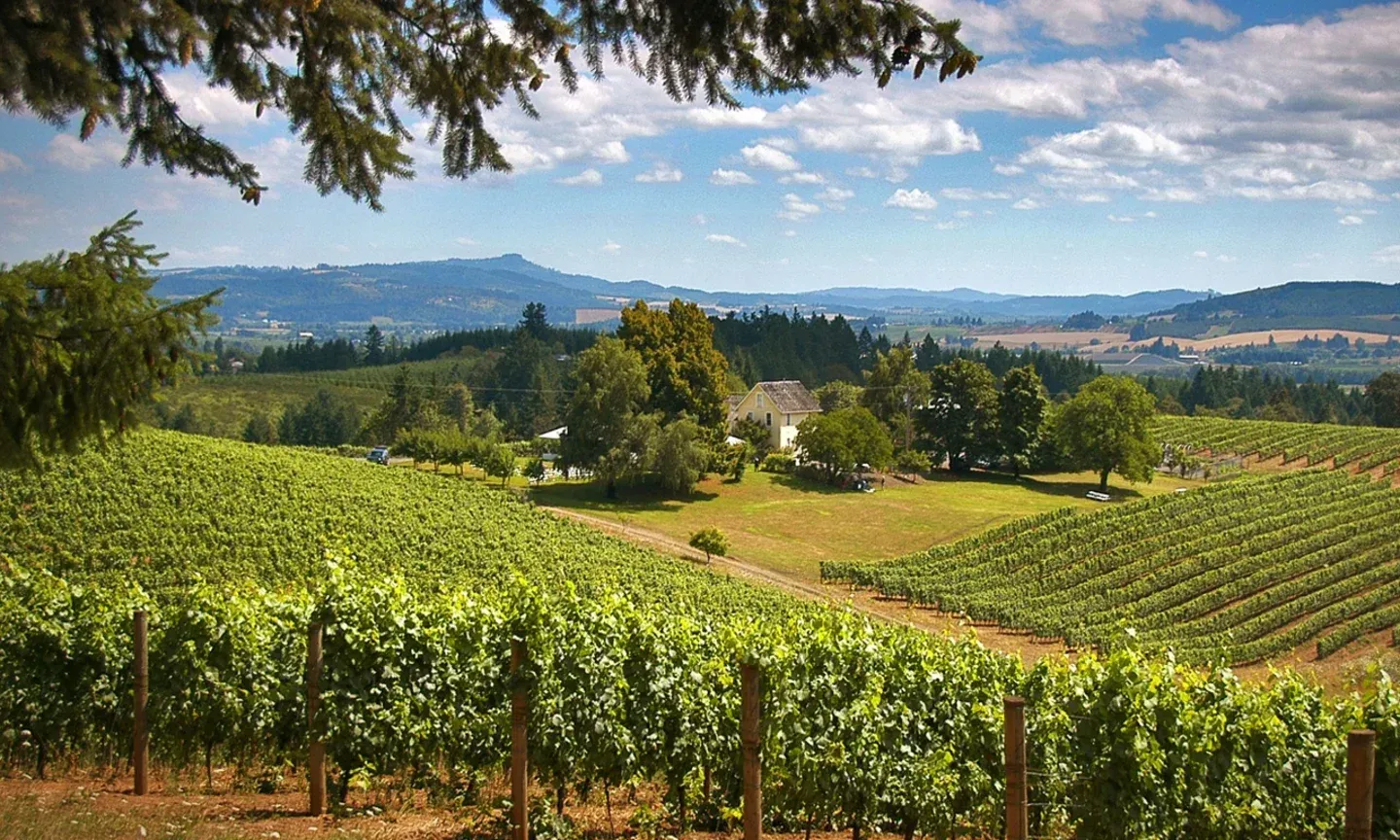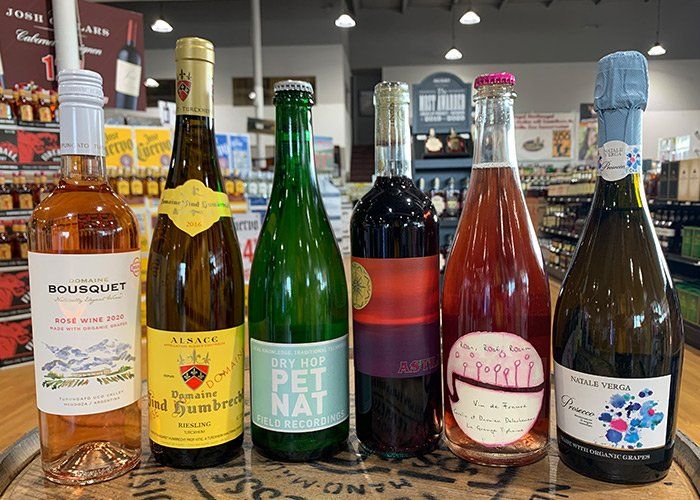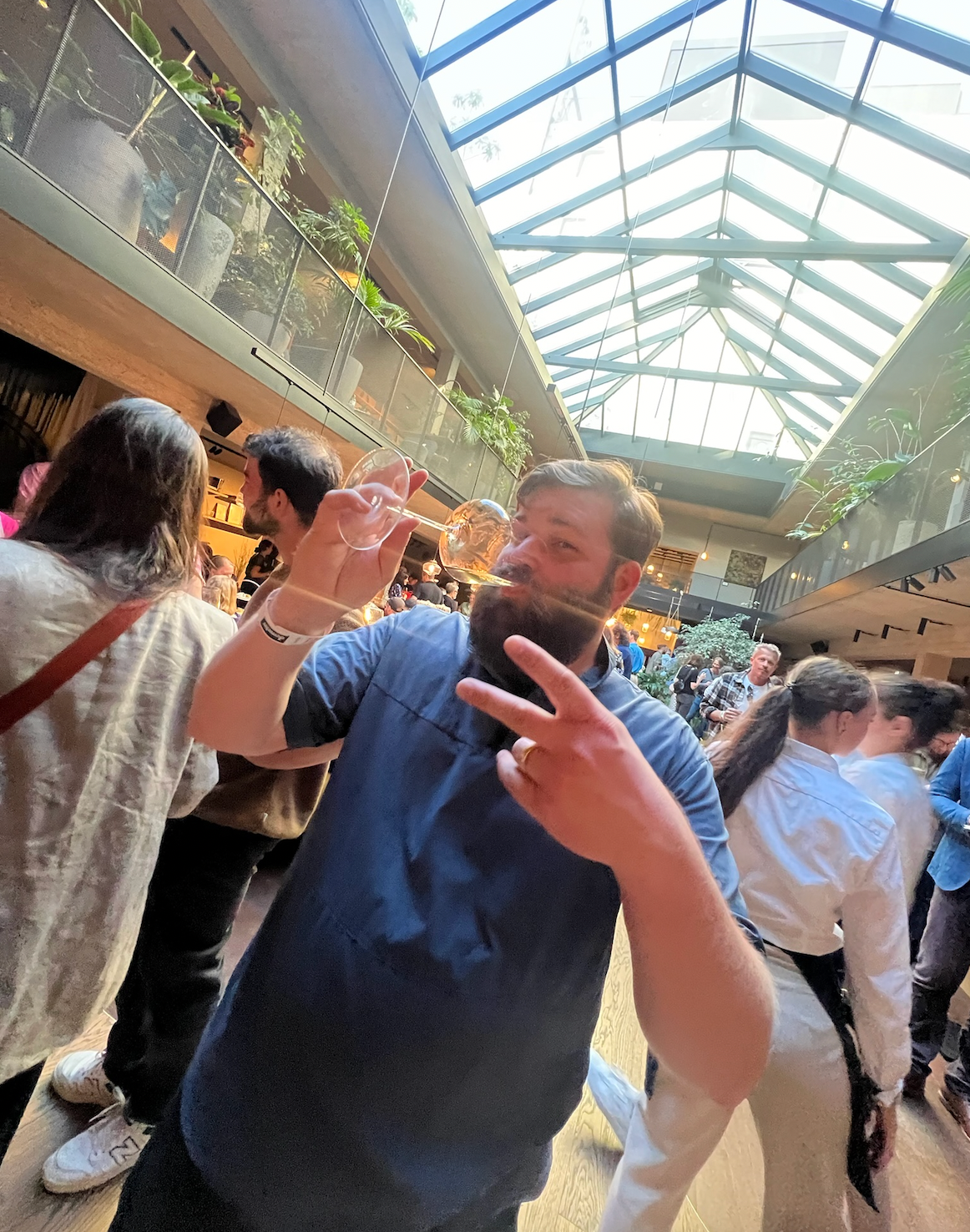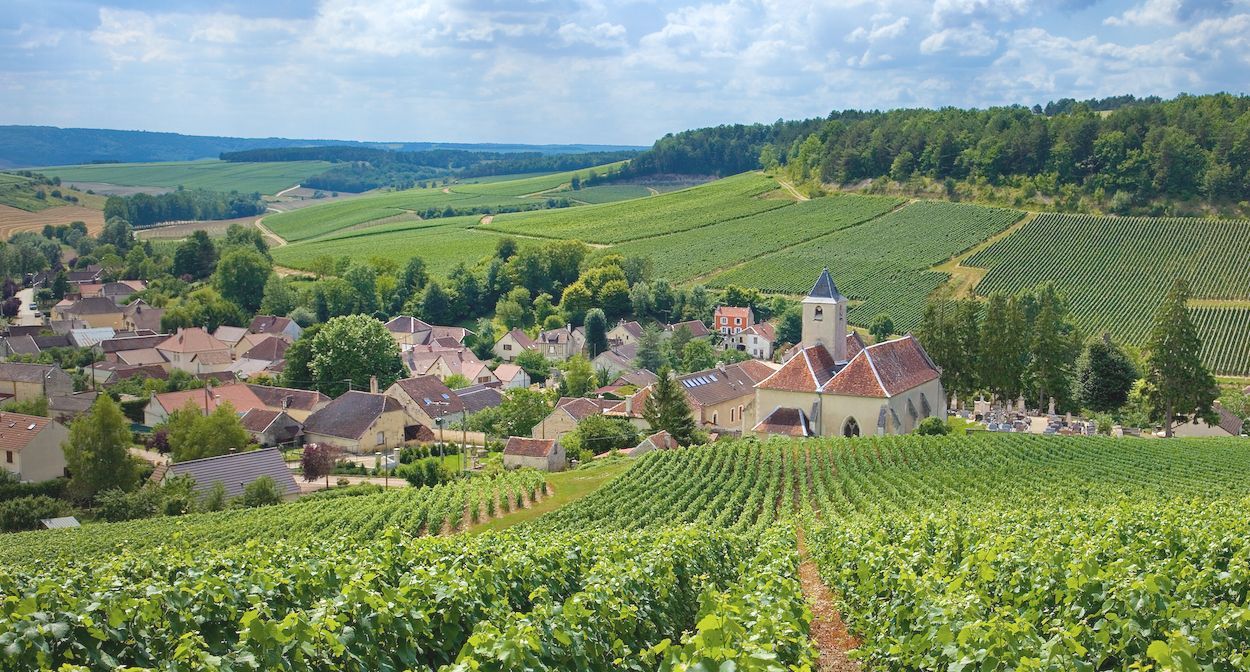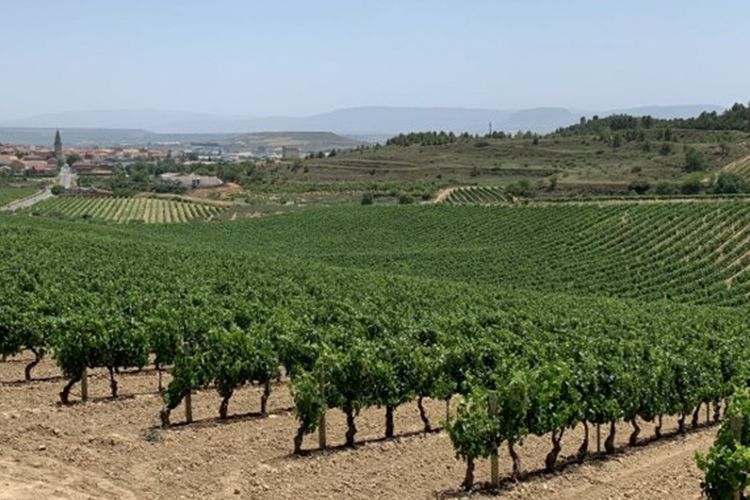Organic, Natural, Biodynamic Winemaking
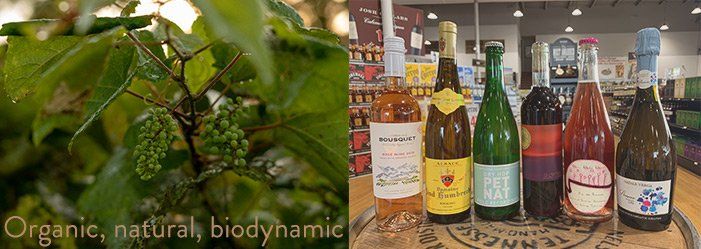
You may have heard terms like natural, organic, biodynamic, minimal intervention, pét-nat, or clean wine, but have you really ever understood what people are talking about? People often overuse these words to sound fancy or try to make their product stand out. And while some aspects of clean wine (like an overuse of vocabulary) can be used to catch a certain trendy market, at its core the category contains beautiful wines that show both unique and non traditional flavors as well as classic wines that truly showcase the way in which wine was once made and, in an ideal world, the way in which it always should be made.
Today I'm going to walk through some of this vocabulary so that you can be more knowledgeable when shopping for these wines, or for when you just happen to catch them on the shelf. As simple as I can put it, these wines are made with fewer, if any, of the additives that so many of our foods and drinks receive in production today. They tend to be overall healthier options, for your body and for the environment, but sometimes at a cost which we'll discuss later.
The terms below are not different words for the same thing, but they often overlap, which can make understanding them difficult. Use this guide to decipher the differences when reading about and shopping for wine!
Organic is one of the broader terms for clean wine, and as such is the most common category. Most of the time you see "Organic" on the label it will be referring to farming practices in the vineyard. Organic wines are wines grown without pesticides or other chemicals. This doesn't mean there will be no or lower levels of sulfites, sugar, or coloring as those things are decided on in the winery and not the vineyard, but it does mean that the grapes were farmed mindfully. Organic labeling will also signify different levels of intervention in different places. For instance, it is much harder to get an "organic" certification in most European nations than it is in the USA, which means when you see a European organic certification on a bottle you can assume the producer has done more than just not spraying pesticides in the vineyard but that they have probably used less additives in the winery as well.
Natural is a term that has grown in popularity and is often used broadly to describe organic wines, though it takes it a step further. Simply put, all Natural wine is Organic, but all Organic wine is not Natural. Natural wines are wines that are farmed organically or biodynamically and made using few to no additives in the winery. Natural wines are fermented using the natural yeasts from the skins of the grapes to spontaneously kick start fermentation. This is instead of the common method of inoculating the grape must at a scheduled time with a lab created yeast. Natural wines are typically unfined and unfiltered as well, so you'll often see some sediment in the bottom of the bottle. There's nothing wrong with this! Tip the bottle upside down and drink up! You'll be able to taste this "wild" fermentation in the form of funky flavors (in a way like sour beer). Sometimes these wild yeast cells are allowed to continue fermentation in the bottle after the wine has been corked or capped, leading us to...
Pét-Nat (pétillant naturel) is natural wine that is bottled before that wild fermentation is complete. This method traps some of those bubbles inside the bottle to create a sparkling wine. If you remember from previous letters, Champagne is made by first blending still wines and then starting a secondary fermentation inside the bottle to get bubbles. Pet-Nat doesn't take a secondary fermentation but gets its bubbles in that first and only fermentation. You may also see this described as "methode ancestral" which refers to how old this process likely is (much older than the traditional or charmat methods of making sparkling wines).
Minimal Intervention is a term that refers to how much a farmer or winemaker interfered in the wine making process. Wine, simply put, is grapes grown, picked, smashed, and left to ferment before being drunk. Minimal Intervention producers attempt to stick, as best they can, to this very simple method. They don't want to over prune, or weed, they let things grow wild in the vineyard, they don't over analyze the wine in labs, they don't use yeasts creating in a lab, they allow wines to naturally ferment on their own time, the don't add preservatives, coloring, sulfites, or anything else if they can help it. These producers are simply spectators in a natural process, not players who attempt to manipulate every aspect of the process in an attempt to make a "better" product. It's a hands off approach and is typically also organic and natural.
Biodynamic wines are wines that have been farmed using the biodynamic guidelines honed and popularized by the Austrian, Rudolph Steiner. Biodynamic farming teaches the connectivity of all things. Biodynamic is holistic and takes everything into account from the makeup of the soil to the cycles of the moon. There is even a biodynamic calendar that tells farmers which days to prune, harvest, water, and just leave the grapes alone. Some people think biodynamic winemaking is kind of wacky and hippie-like, because of techniques like stuffing cow horns with manure, burying them, and then digging them up to fertilize the vineyards with. Weird techniques like this sometimes leave people questioning the validity of biodynamic winemaking, but even if you don't believe it helps, it certainly doesn't hurt. Biodynamic wines are thoughtfully made and as clean as they come. They are better for your body and for the planet. All biodynamic wines are organic, but not all organic wines are biodynamic. Many producers, large and small, have taken up Steiner's methods. Bonterra, Benzinger, Domaine Zind-Humbrecht, and Cristal by Louis Roederer are just some of the biodynamic wines we carry at Frugal.
I often get told by customers that certain wines give them headaches. There are tons of theories and false facts out there about what causes people to have headaches while drinking but none of them have been proven. Some attribute headaches to sulfites and while people can have sulfite allergies it is most likely not the culprit. It is more likely that natural pollens transfer themselves to the wines via the grape skins and cause histamines to be created, all of which can lead to swelling and headaches. It is also possible that residual sugar and chemical additives can cause headaches. Cleaner thoughtfully produced wines like the ones we have discussed above can help steer you clear of headaches, if that is in fact, what is causing them. It could also be dehydration. Make sure to drink water when you drink wine! Cheaper grocery store wines will typically have more additives like sulfites, coloring, and residual sugar as well as higher alcohol levels. These things are added to help the wine taste better and to cover up flaws in the wine, and unfortunately but unsurprisingly can cause headaches. This is an unfortunate reality when it comes to wine - thoughtfully clean wine is less likely to give you a headache, but thoughtfully clean wine will typically cost a little more.
One last important note - Wines labeled "Natural" or "Organic" or "Biodynamic" etc. are not the only wines that use such methods when making wine. And some of these labelings can even be false or misleading if they have not gone through certain registrations or certification (this is more difficult in different countries). Many producers do not label their bottles with these labels because often these certifications can be very extensive and expensive. Many high quality producers don't use these labelings on their bottles because they would hope people would assume the wine is made with as few additives as possible. It is not uncommon to hear an old world producer or high quality American producer say "Why would I write organic or biodynamic on the label, of course my wines are organic." This can make searching out these wines a little more difficult. A quick rule of thumb- if the bottle doesn't say anything about being organic, natural, biodynamic, etc. then take price into account. The more money you spend on a bottle the more likely it is that the wine was farmed organically and made with less additives, coloring, additional sulfites, etc. It's just the unfortunate truth. Just like produce from the grocery store, the organic and small farmed stuff just costs more. The best way to learn which wines are made with minimal intervention practices is by learning about the individual producers and importers. And this can be a daunting task, which is why myself and other shop and restaurant professionals exist. We are here to guide you on your tasting journey. Don't ever hesitate to ask your Somm or shop expert a question. Trust me, they love talking about it.
If you haven't tried any organic, natural, or biodynamic wines then here's where to start!
Domaine Bousquet Organic 2020 Rosé - The weather recently is preparing us for rosé season and this is a great one to kick off the season with. Bousquet is one of our favorite organic producers from Argentina. All of their wines are farmed organically and vegan (yes, sometimes animal products make their way into wine). This wine is a steal at $12.99
Domaine Zind Humbrecht Riesling Alsace 2016 - Humbrecht is an incredible biodynamic producer from Alsace (biodynamic farming is big in Alsace). This Riesling is not dry but has incredible acidity and is made to last the ages. Limited quantity here and a great price at $28.99 so be sure to come grab a bottle.
Field Recordings Dry Hop Pét-Nat - Field recordings is a cool project from Andrew Jones out of Paso Robles in California. He seeks out small and under appreciated plots of land to source his fruit from. This is a Pét-Nat so it is sparkling and, to add a cherry on top, was fermented with some beer hops to add an additional funky vibe. This has been one of my favorites recently. I can't get enough. Come grab a bottle before it's gone! Also limited quantity. It is $22.99.
Azienda Vitivinicola Cardedu Astili - Astili is a Sardinian blend that is not only natural but also co-fermented, a process in which every variety of grape in the blend was fermented together, instead of the usual method where each variety is fermented separately and then blended for a final product. It is mostly Grenache, or as the Sardinians call it, Cannonau. It is $21.99.
La Grange Tiphaine Rosa, Rosé , Rosam 2019 - This wine is one that checks all the boxes above. This bottle by La Grange Tiphaine is a rosé Pet-Nat and is therefore natural. It is certified biodynamic and so is therefore organic. They use minimal intervention techniques to make a sparkling rosé that tastes of delicious ripe fruit but also some of that yeast trapped inside the bottle from that Pet-Nat method. It is at an unbeatable price of $18.99.
Natale Verga Organic Prosecco - If you're looking for a classic prosecco with all the flavors you love but that you know is thoughtfully and safely farmed, then look no further. Natale Verga's Organic Prosecco at $14.99 is the only Prosecco you need.
Thanks for tuning in! If you ever have any additional questions or just want some additional information on a specific wine feel free shoot me an email. I'd be happy to do some research for you. I hope to see you soon!
Cheers!
Wine Manager, WSET III
Frugal MacDoogal
The Wine Press
